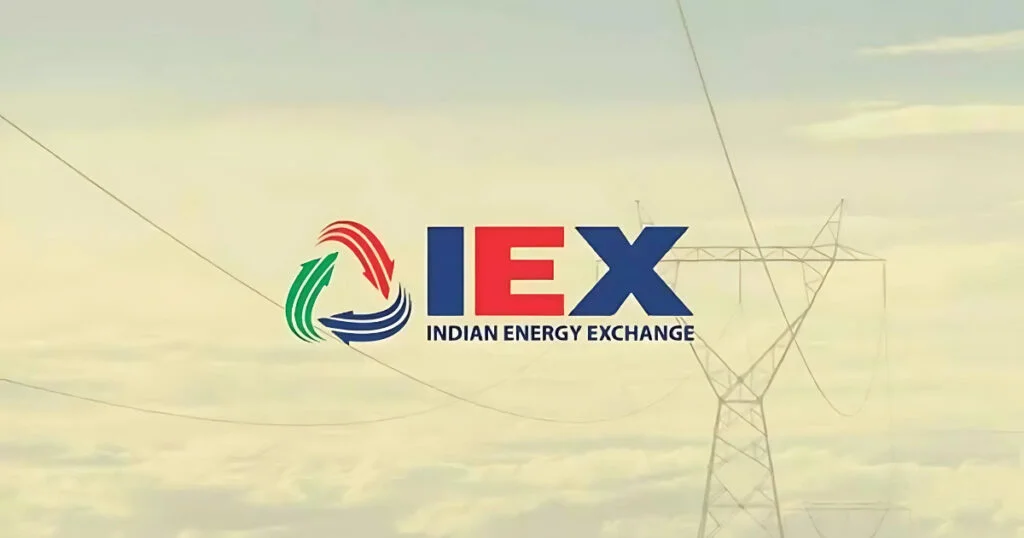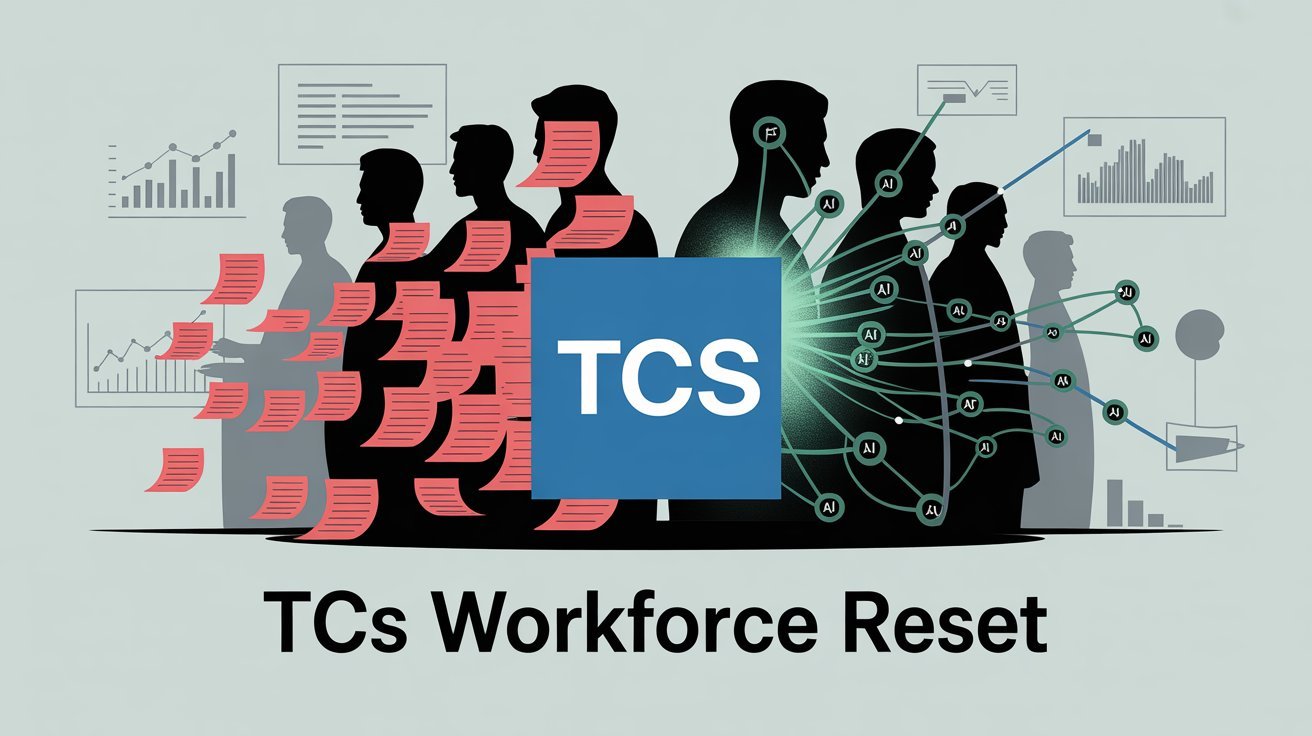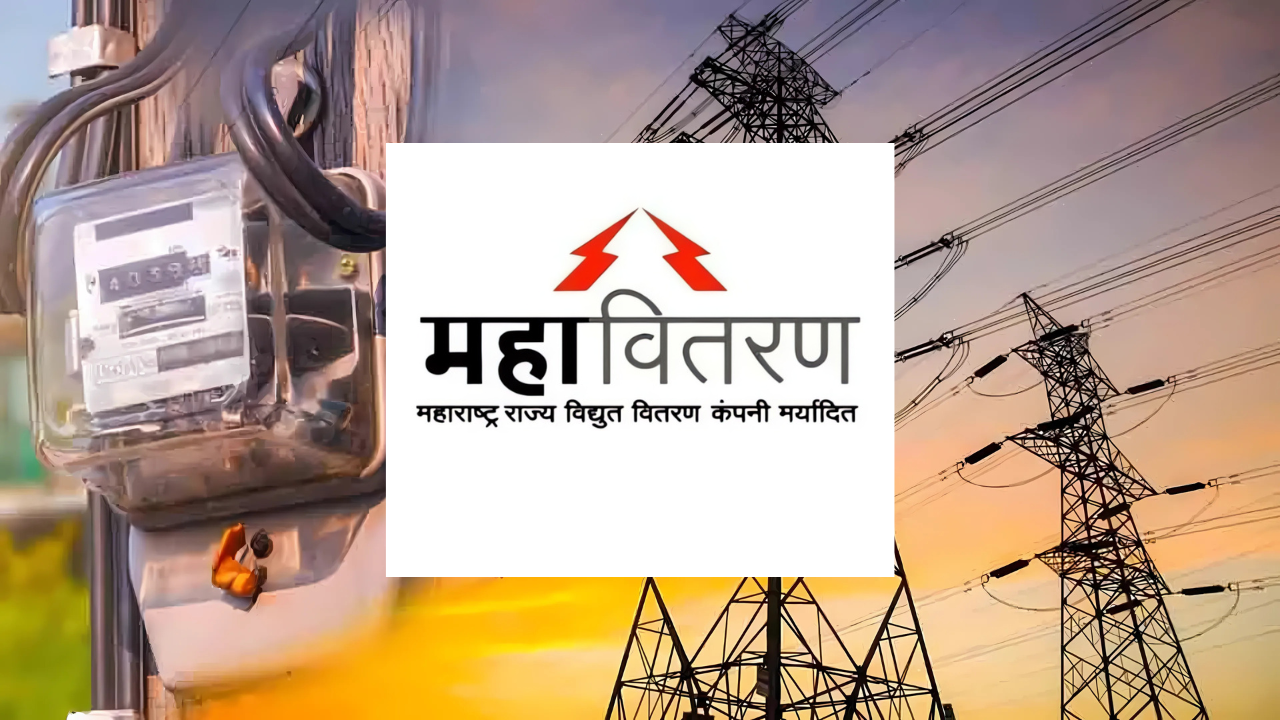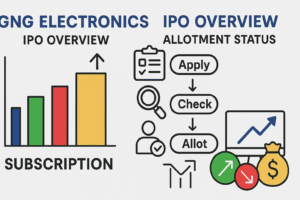
IEX Share Price Crash July 2025: Deep Analysis, Market Coupling Impact & Outlook
Why Did IEX Shares Crash Sharply?
The Indian Energy Exchange (IEX), the country’s leading power trading platform, experienced a significant share price downfall in late July 2025. The sharp 10-15% drop, hitting the lower circuit at ₹169.10, stunned investors and market watchers alike.
The primary cause was a regulatory shift by the Central Electricity Regulatory Commission (CERC), announcing the introduction of market coupling in the power exchanges starting January 2026.
Market coupling means the segmentation of trading platforms will be replaced by a unified mechanism where all buy and sell bids across platforms are pooled and matched centrally, setting a single power price for the day. This mechanism aims to improve transparency and efficiency but directly challenges IEX’s longstanding dominance.
Key Factors behind the Crash
- Loss of Price-Setting Power: IEX, with ~85% of the market share before this decision, loses its edge in price discovery to a centralized operator.
- Margin Pressure: Marketplace competitiveness increases, potentially compressing the high operating margins IEX enjoyed.
- Market Uncertainty: Investor fears around earnings visibility beyond Q1 2026 amidst this transition triggered heavy sell-offs.
- Regulatory Impact: New rules impose structural changes, forcing IEX and its competitors to adapt fast in a more level playing field.
Interactive Sections: Detailed Insights
Recent IEX Share Price Movement
| Date | Opening Price | Low Price | Closing Price | % Change | Status |
|---|---|---|---|---|---|
| 24 July 2025 | ₹169.10 | ₹159.70 | ₹159.70 | -15% | Lower Circuit |
| 23 July 2025 | ₹187.89 | – | ₹187.89 | – | – |
The forced selling and market panic culminated in a historic plunge, highlighting a halt on further downside trading for that day (lower circuit).
IEX Financial Overview for Fiscal Year 2025
| Metric | Value |
|---|---|
| Market Capitalization | ₹12,399 Crores |
| Return on Equity (ROE) | 40.5% |
| Operating Profit Margin | 85% |
| Earnings Per Share (EPS) | ₹4.65 |
| Dividend Yield | 2.15% |
| 3-Year Revenue CAGR | 8% |
| Mutual Fund Holdings (Jun 2025) | 27.8% |
| Foreign Portfolio Investors Holdings (Jun 2025) | 18.5% |
IEX has maintained strong financials with solid growth and profitability, but changes ahead could pressure these metrics significantly.
Understanding Market Coupling and Its Impact on IEX
Market coupling is an advanced trading mechanism intended to unify segregated regional power exchanges into a single market framework by aggregating all buy and sell orders and determining a uniform price.
- Previous Structure: Regional exchanges like IEX independently set prices based on supply-demand within their markets.
- New Centralized Model: A central entity, operated by grid regulators, discovers prices by pooling bids from all exchanges, ensuring efficiency and reducing arbitrage opportunities.
- Advantages: Increased market transparency and optimized resource allocation across regions.
- Impact on IEX: Reduced margin due to losing control over price discovery and increased competition from smaller power exchanges now competing on even grounds.
The transition begins with the Day-Ahead Market coupling from January 2026, with phased inclusion of Real-Time and Term-Ahead Markets.
3-Year IEX Share Price Trend Chart
Analyst Targets and Future Outlook
Following the announcement, multiple brokerage houses and market experts revised down their 1-year price targets for IEX, reflecting investor caution amid regulatory uncertainties.
| Source | 1-Year Price Target Range (₹) | Summary |
|---|---|---|
| Market Consensus | ₹150 – ₹213 | Reflects a sharply revised sentiment with cautious optimism. |
| Major Brokerage | ₹122 | Lowered target citing reduced earnings visibility and intense competition post market coupling. |
| Technical Analysts | ₹190 – ₹202 | Short-term rebound potential if trading volumes stabilize post regulation. |
Frequently Asked Questions (FAQ)
Conclusion: What The Future Holds for IEX
The July 2025 IEX share price fall marks a pivotal moment in India’s power exchange ecosystem. The regulatory push for market coupling is designed to enhance market efficiency and transparency but also fundamentally reshapes the competitive landscape. IEX must innovate and strategically respond to defend its strong market position.
For investors, this transition period represents both risk and opportunity. While margins may compress in the near term, a well-managed adaptation could restore growth potential. Continuous monitoring of corporate updates and market signals is advisable to navigate the evolving scenario.
Source. You might also like TCS Q1 results news








Post Comment